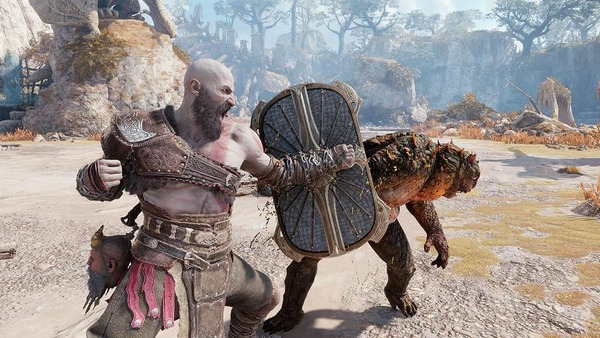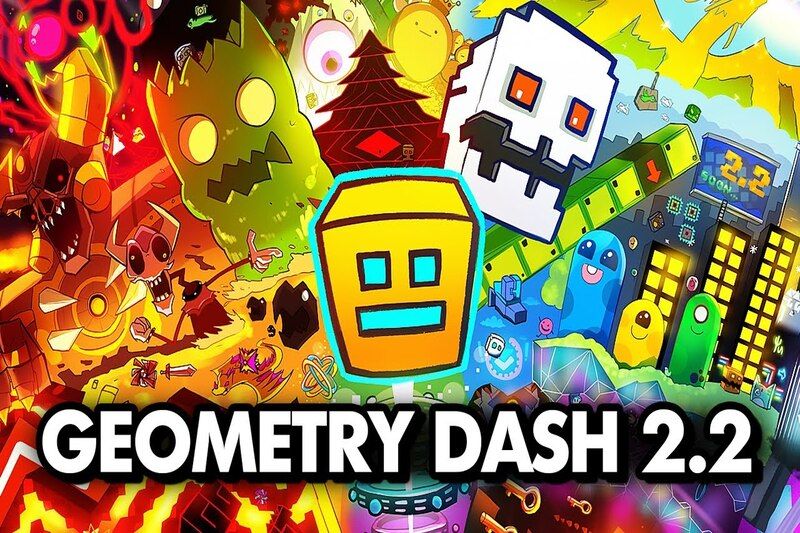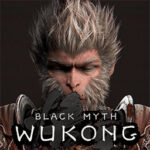Popular Now
Introduction
Black Myth: Wukong has become one of the most anticipated action RPGs in recent years, drawing global attention with its jaw-dropping visuals, Soulslike gameplay, and deep roots in Chinese mythology. Developed by Game Science, the game reimagines the legendary tale of Sun Wukong, the Monkey King, with AAA production values rarely seen in Chinese-developed games. However, beneath the polished trailers and stylish combat lies a pressing issue that could impact the game’s long-term success: the risk of style over substance. This article explores this concern in detail, tracking how the development and public perception of Black Myth: Wukong may be driven more by visual spectacle than by proven gameplay depth.
1. The Announcement That Shook the Internet
When Game Science unveiled the first gameplay trailer for Black Myth: Wukong in August 2020, it stunned the global gaming community.
-
The trailer featured crisp visuals, fluid animations, and massive boss fights rendered in Unreal Engine 5.
-
It promised Soulslike combat with a Chinese fantasy twist, creating instant comparisons to Sekiro, Dark Souls, and Nioh.
The problem? First impressions created a towering set of expectations. Critics and fans immediately dubbed it “China’s first true AAA game,” setting a bar that Game Science hadn’t yet proven it could reach.
2. Early Gameplay – A Carefully Curated Illusion?
While the early trailers were undoubtedly stunning, many began to question whether the footage shown was truly representative of full gameplay.
-
Every video released has been heavily choreographed, with perfect pacing and cinematic timing.
-
Game Science acknowledged the use of pre-alpha builds and that many systems were still in development.
This led some observers to wonder: how much of the gameplay is real, playable design, and how much is visual marketing?
3. Combat Design – Flashy but Familiar
From the previews, Black Myth: Wukong appears to use an action-combat system similar to Soulsborne games:
-
Lock-on mechanics, stamina management, dodge-rolls, and boss pattern memorization are central.
-
Players can transform into animals or summon abilities inspired by Chinese folklore.
However, the concern is that the game’s combat, while flashy, might lack the tight design, balance, and responsiveness of its genre counterparts.
Repetition and Predictability If enemy types and mechanics are not varied enough, the stunning visuals won’t save the game from becoming repetitive.
Difficulty Balance Soulslike games thrive on fair but punishing difficulty. If Wukong relies too much on spectacle and not enough on enemy AI sophistication, its gameplay will suffer.
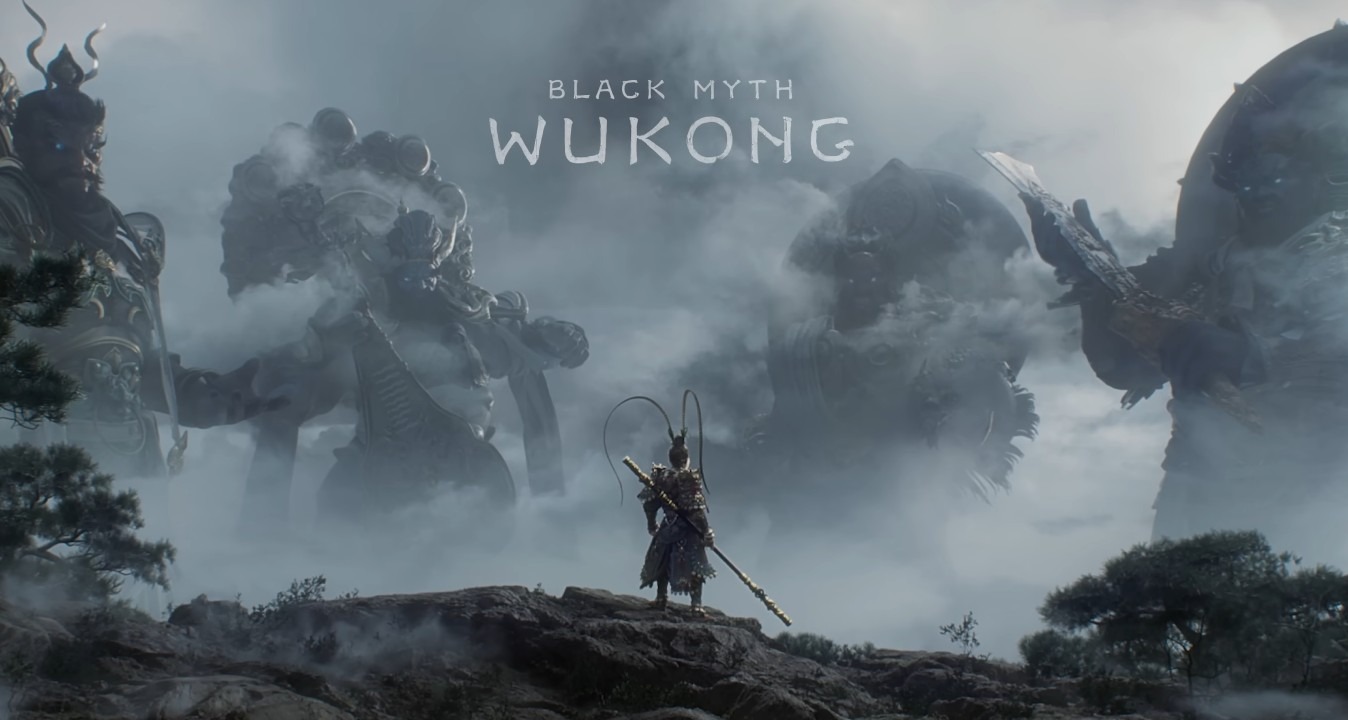
4. World-Building – Beautiful but Hollow?
The environments shown so far include:
-
Lush forests and misty mountains inspired by traditional Chinese landscapes.
-
Ancient temples, underground lairs, and towering beasts from mythology.
But there’s a risk these settings may be too linear or lack interactivity:
-
Will the world offer exploration with meaningful rewards, or simply serve as a visual backdrop?
-
Can it avoid the pitfall of looking open-world but functioning like a corridor?
List: What Gamers Expect from a Deep World
-
Lore-rich locations with unique identities
-
Secrets that reward exploration
-
Interconnected level design
-
Environmental storytelling
5. Character Progression – Depth or Surface-Level Customization?
Sun Wukong has a legendary set of powers in Chinese folklore—72 transformations, superhuman strength, a magical staff, and more. The game hints at allowing players to wield multiple combat styles and transformations.
But how deep will customization go?
-
Will there be skill trees or stat progression?
-
Can players build different playstyles (e.g., spellcaster, brute-force, stealth)?
-
Or will it all boil down to unlocking cinematic combos with little variation?
Replay Value Concerns If there’s limited customization or little mechanical variety, replay value suffers, especially in a genre defined by mastery and build experimentation.
6. Storytelling – Mythology as Flavor, Not Substance?
The story of the Monkey King has been told in countless forms—from Journey to the West to Dragon Ball to League of Legends. Black Myth: Wukong draws heavily from these roots, but we know little about how the game will tell its story.
Risks in Narrative Execution
-
Will the game deliver meaningful character development?
-
Will it explore the complex themes of rebellion, immortality, and enlightenment that Wukong’s tale offers?
-
Or will it simply rely on surface-level myth references to support combat sequences?
7. Studio Experience – Can Game Science Deliver?
Game Science, the developer behind Black Myth: Wukong, was formed by ex-Tencent employees and previously developed strategy games like Art of War: Red Tides. This is their first full-scale action RPG.
That raises several concerns:
-
Can a relatively small studio manage the scope of a AAA action game?
-
Will they have the manpower and QA depth to polish intricate mechanics?
-
Are they prepared for international launch pressures and high consumer expectations?
8. Platform Optimization – A Potential Technical Bottleneck
As shown, Black Myth: Wukong uses Unreal Engine 5, which allows for photorealistic visuals and advanced lighting. However, that technology is hardware-intensive.
Potential issues include:
-
Poor performance on older consoles or mid-range PCs
-
Long loading times or crashes
-
Visual downgrades between marketing and release versions
If the game cannot run smoothly on common platforms, it could alienate a large portion of its target audience.
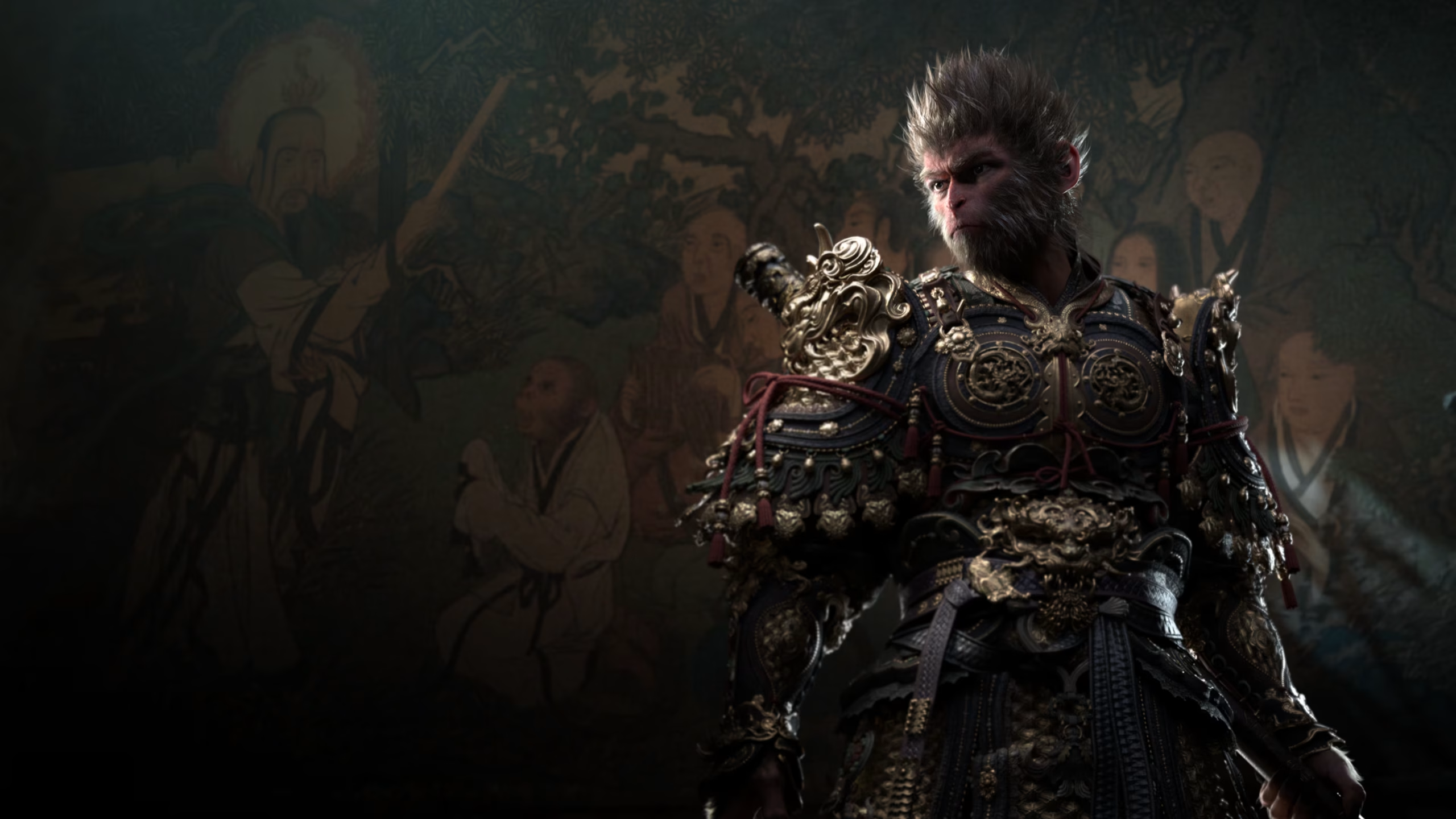
9. Overhype Syndrome – Living in the Shadow of Expectations
The biggest risk for Black Myth: Wukong may not be any single design flaw—but the weight of public expectations.
The gaming community has placed it on a pedestal, heralding it as China’s gaming breakthrough, the next big Soulslike, and a global standard-setter.
This sets the stage for a critical backlash if even minor elements disappoint.
Comparisons Are Inevitable The game will be measured against giants like Elden Ring, Sekiro, and God of War. Anything less than brilliance may be seen as failure.
10. What the Game Needs to Avoid Becoming Just a Visual Showcase
To overcome these risks, Black Myth: Wukong must do more than look good:
-
Deliver mechanically satisfying and deep combat
-
Offer meaningful progression and customization
-
Tell a resonant story grounded in myth but relevant to players
-
Maintain performance across platforms
-
Surprise players with thoughtful world design
If it can do all this, it won’t just be a beautiful game—it will be a great one.
Conclusion
Black Myth: Wukong dazzles with its visuals and premise, offering a rare blend of Eastern mythology and modern AAA game design. But the road to greatness is filled with pitfalls. Style without substance will only carry the game so far. If Game Science can back up the cinematic spectacle with deep systems, engaging combat, meaningful progression, and technical polish, Wukong could become a defining title of the decade. But if not, it may serve as a cautionary tale of what happens when ambition isn’t matched by execution.









